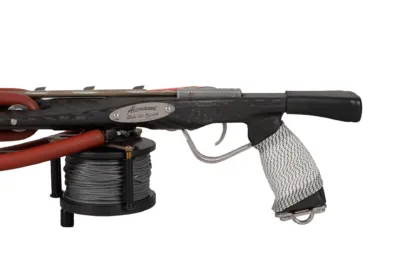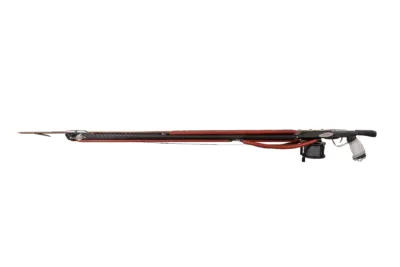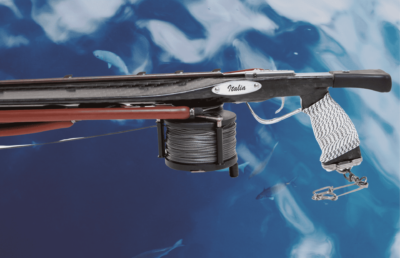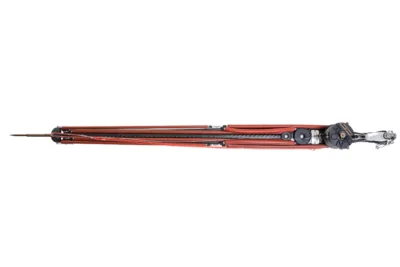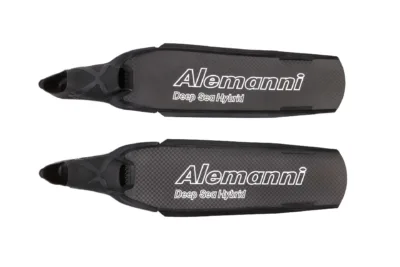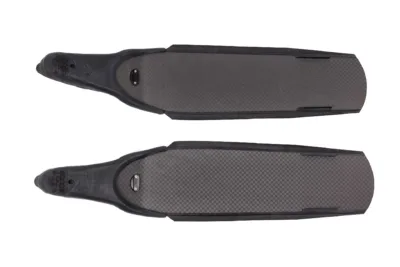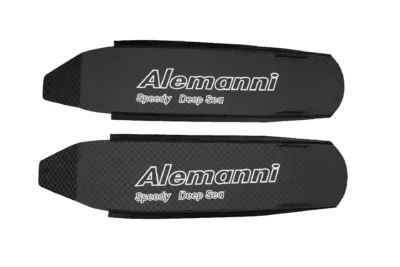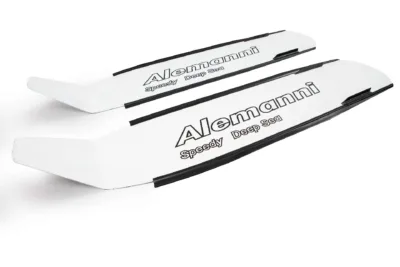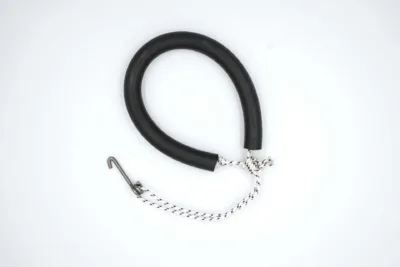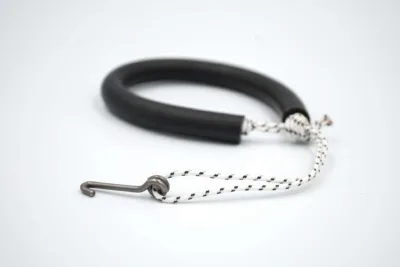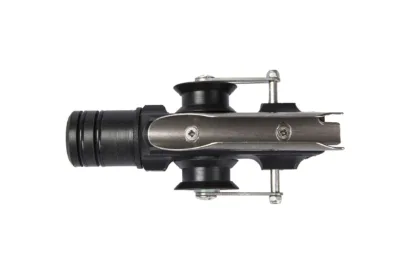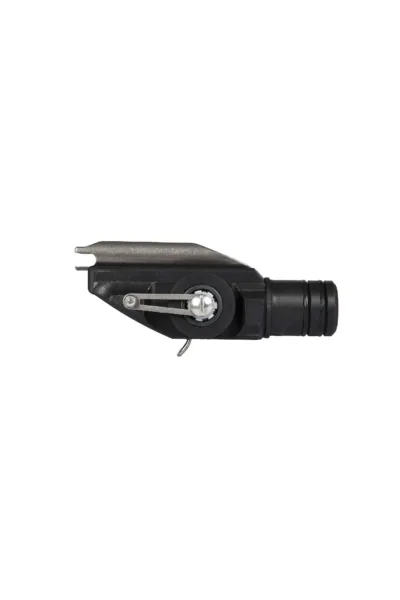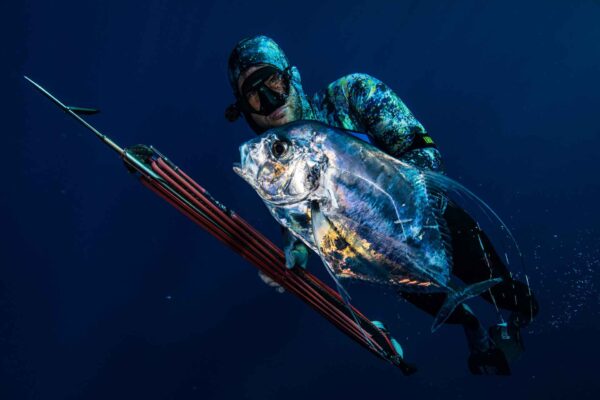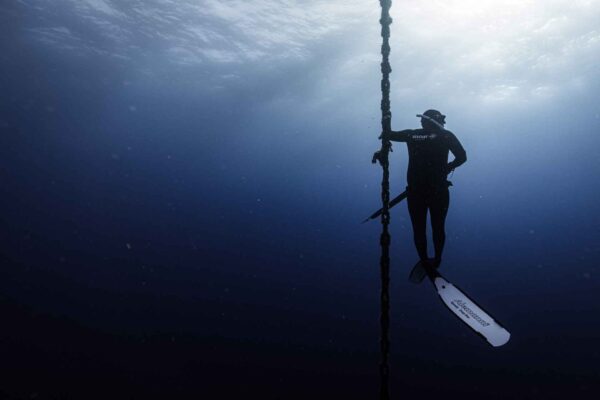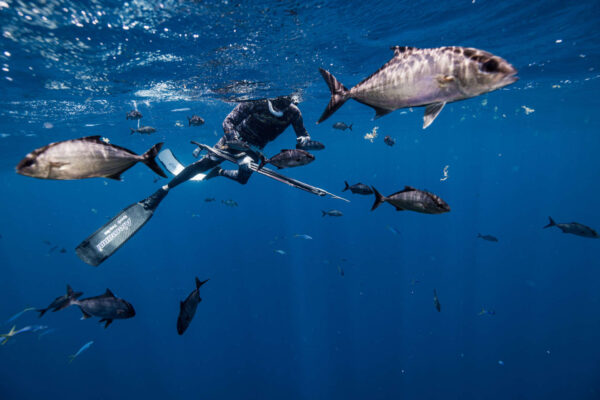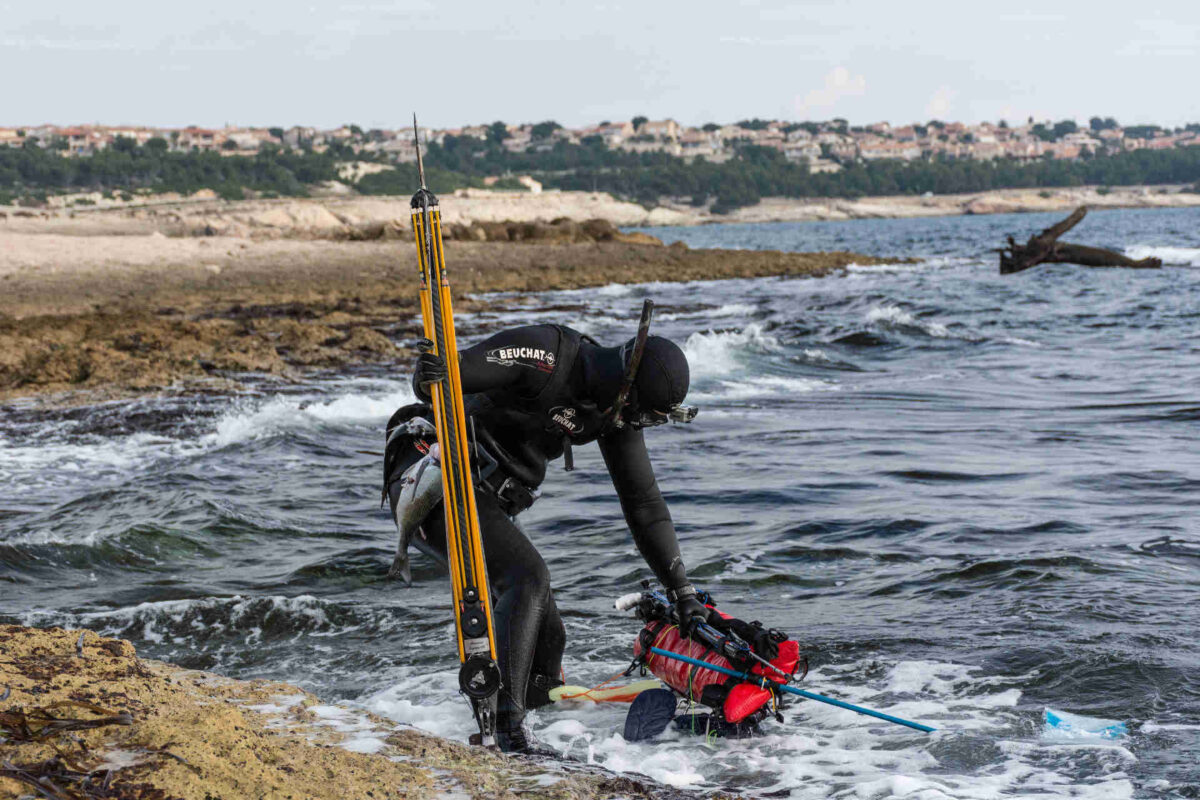Underwater fishing techniques
All the secrets for choosing a diving suit
All the secrets for choosing a diving suit
Among the fundamental equipment for those who practice diving, the wetsuit certainly deserves a place of honor: essential for maintaining a correct body temperature underwater, the wetsuit it is used for all types of activities that involve a dive longer than a few minutes – from casual snorkeling todeep exploration of wrecks.
Choose a wetsuit suited to your specific needs and of the right size is the first step to ensuring a pleasant dive. Water, in fact, removes much more heat from the body than air, with the consequence that when you immerse yourself in water the body heat it is dispersed much faster, even (and especially) if you are moving.
How to choose a diving suit
When you have to choose the diving suit that will accompany diving in the years to come, several aspects must be considered. Before even thinking about size and fit, there are some choices to make upstream: first of all, the type of wetsuit most suited to your needs (wet or semi-dry), after which you can move on to the "tormented question" of coatings.
A wetsuit is better smooth-split, very light but very delicate, or a solution lined-split, heavier and slower to dry but resistant to abrasion and in the right colors? Questions of this kind are very frequent among practitioners free diving, and as we will see later the answer essentially depends on your specific needs.
Another element that must be considered well before thinking about the right size is the thickness of the suit: you can opt for a 5 mm wetsuit, which allows you to dive even in mid-seasons, or think about doubling the purchase by getting a 3 mm wetsuit for summer activities and a heavier one (even 7-8 mm) for the cold season.
An aspect that is often underestimated, but equally crucial in choosing the wetsuit, is the way in which it is assembled: there are models, versions and "designs" that guarantee the right fit of the wetsuit to every physique (there are also wetsuits specially designed for women and children).
Diving clothing: what types of wetsuits are there?
A diving suit must first and foremost protect the diver from the cold, but it must also allow good movement and adapt as much as possible to the wearer's body. This applies to all diving suits, from short-sleeved ones for surfing to semi-dry ones, which allow you to dive in cold waters without giving up the comfort of a soft neoprene wetsuit.
There are several types of diving suits:
- wet suit: it is by far the most used, also for freediving. Protects from the cold while maintaining a thin layer of water between the inside of the wetsuit and the diver's skin: essentially you will get wet, but if the wetsuit is tight enough your body heat will be enough to heat the water inside it;
- semi-dry suit: like the wet suit, the semi-dry suit maintains a layer of water in contact with the diver's body, but allows the exchange of water only when the zips are opened (which are generally located on the back);
- dry suit: keeps the diver dry thanks to the watertight ends. It is worn over an undersuit and is equipped with valves to compensate for pressure crushing. It can be trilaminate or compressed neoprene and is considered technical equipment for use by expert or professional divers.
The type of wetsuit to use depends on the type of dive what you intend to do and the temperatures you will face: the most widespread and used, however, remains the wet suit.
Wetsuit: smooth, lined, split neoprene
To choose the wetsuit best suited to your needs, you need to consider various aspects, starting with matter. If it is true that (almost) all wetsuits are in neoprene, it should be considered that this synthetic rubber can be processed in various ways and be associated with different materials, each with its specific properties.
First of all, the wet suit may or may not be lined externally: this is where the first distinction arises, between smooth and lined wetsuit. The lined option, in turn, offers different possibilities: for the outside of the wetsuit, Lycra, Kevlar, nylon jersey or polyester can be used, while for the internal lining, Lycra or plush is generally chosen.
Moults of this type are defined using a pair of adjectives, which indicate the composition of the internal and external part of the suit:
- smooth-split: it is a wetsuit without an external lining (smooth), the internal part of which is split neoprene, i.e. in which the bubbles have been split during cutting of the neoprene and therefore form very small suckers on the diver's skin, increasing adhesion (in fact, to wear it you need to use a soapy solution and be very careful). The absence of external lining and stitching makes it more delicate, but also very elastic and quick drying;
- lined-split: adding a nylon or Kevlar lining on the outside means sacrificing a minimum of elasticity but still having a wetsuit much more resistant to cuts and abrasions – a fundamental quality for those who plan to spend time among dens in the rocks and seabed;
- lined-lined: adding an internal lining helps you stay warmer but only for short dives, after which the insulating capacity of this type of wetsuit becomes anything but a pleasure, especially if you dive in winter. On the other hand this wetsuit is absolute the most resistant and the easiest to wear.
Once the combination of materials has been chosen, two other questions need to be resolved: it's time to choose the thickness of the wetsuit and decide whether to purchase a wetsuit whole or in two pieces, consisting of jacket and trousers and high waist (or dungarees).
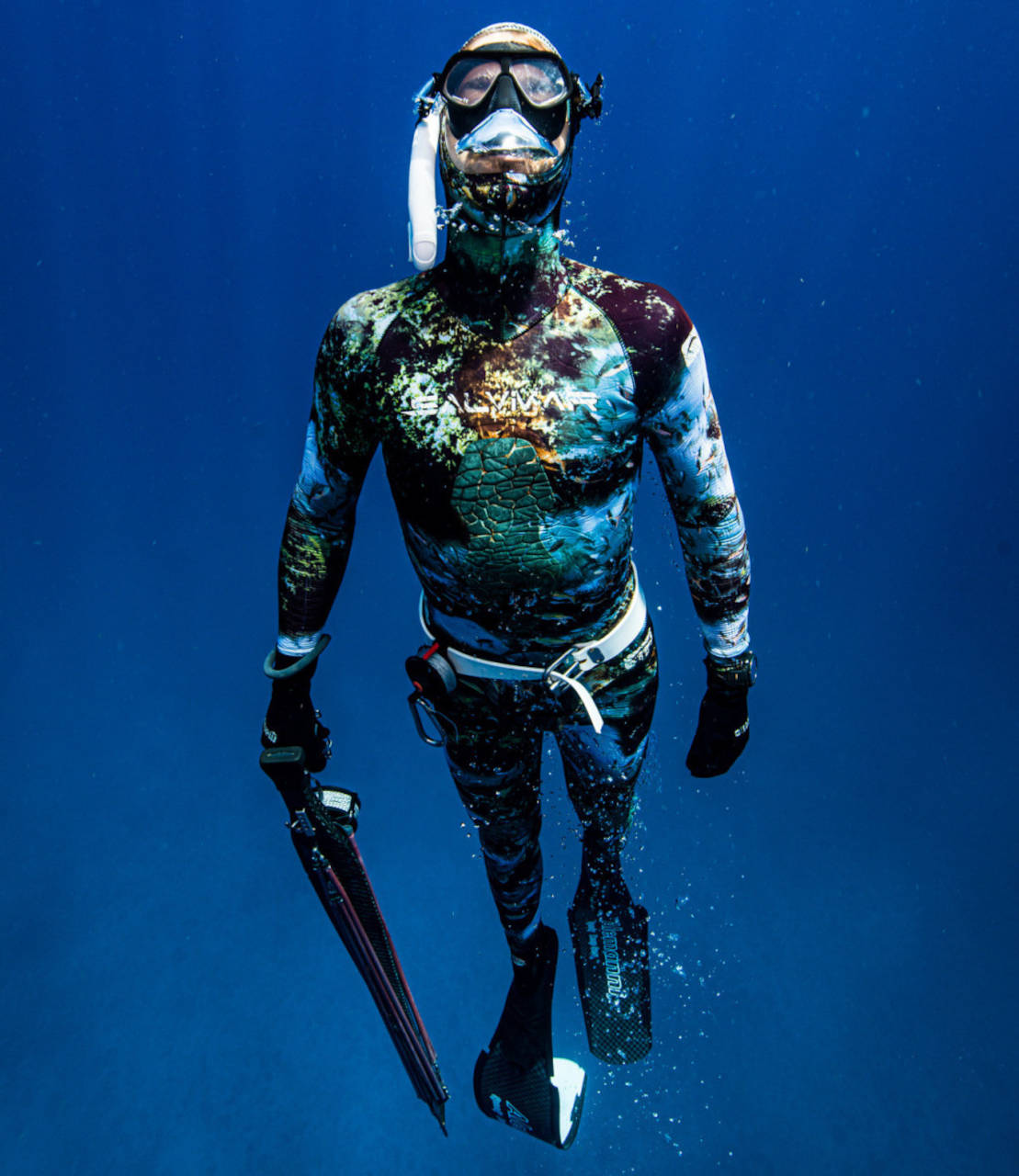
Diving suit: how to choose the thickness
Lo thickness of a diving suit can range from just one and a half millimeters (swimming suit) up to 7-8 millimetres. In two-piece wetsuits, which are also the most suitable for freediving, it is also possible to combine different thicknesses - with 3-4 mm trousers and heavier jacket.
Generally speaking, a 5mm wetsuit allows you to fish all year round without temperature problems. Those who only dive in summer, on the other hand, can opt for a 3mm wetsuit, which is inevitably more elastic, lighter and easier to dry.
La 3 mm wetsuit it is suitable for diving in waters from 24°C upwards, while the 5 mm one allows you to easily deal with temperatures up to 15°C. If you plan to dive in very cold water, below the 15° threshold, it is a good idea to equip yourself with a heavier wetsuit, perhaps combined with neoprene accessories that enhance its protective action, such as undersuit, gloves and shoes.
Choosing a wetsuit for underwater fishing
Who practices spearfishing it needs a wetsuit with peculiar characteristics, which go far beyond the possibility of camouflaging with rocks and seabed. The choice lined-split it is by far the most widespread among underwater fishermen, as it ensures good resistance to cuts and abrasions while maintaining a certain freedom of movement. But it's not enough.
Una wetsuit for spearfishing it should have the following characteristics:
- Abrasion resistance;
- lining camouflage, in ocher and brown shades;
- absence of hinges: this is a property that should not be underestimated, since the zips can create problems when flipping, and is the reason why a wetsuit is always recommended for spearfishing. two pieces (better with high-waisted trousers than with dungarees);
- reinforcements for areas subject to wear, such as knees and elbows (essential for those who fish in the hole and for appearance);
- sternal support for load the speargun safely and without the risk of it slipping.
Then there is the question ofdonning, which is particularly important for those who practice scuba diving in winter, and can lead to the choice towards wetsuits with lined interiors even at the expense of quick drying. Everything depends, as always, on the individual preferences of the individual freediver: there are those who fish all their lives with a 5 mm smooth-split suit and those who prefer to alternate a split summer suit and a double-lined winter suit.
The important thing, especially when it comes to choosing a wetsuit for freediving, is to choose a size that is suitable quite comfortable so as not to hinder movement e lung expansion but sufficiently adherent to the body so as not to leave “pockets” of air between the neoprene and the skin, which would fill with water.


